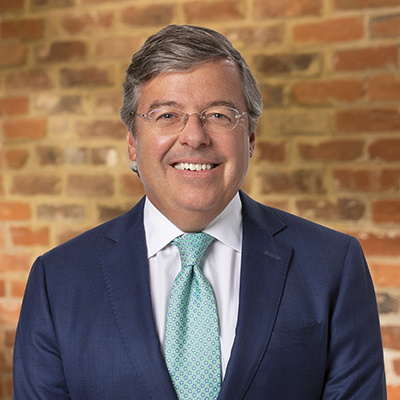Many people in Virginia wonder, Is riding a bike safer than driving? The answer depends on how you measure safety and the risks that come with each option. Cars provide more physical protection, but they also travel at higher speeds and contribute to more fatal accidents. Bikes expose riders to greater vulnerability, yet the number of overall bicycle accidents remains lower than vehicle crashes.
If you’ve been hurt in a car or bicycle accident that someone else caused, you may have the right to pursue compensation. A abogado de accidentes automovilísticos near you can explain your legal options and offer a free consultation.
Programe una consulta gratuita
Key takeaways about driving vs riding a bike for safety
When you weigh the risks of driving against biking, several key points stand out:
- Virginia accident data shows higher fatality numbers for drivers but greater injury risk for cyclists.
- Cyclists enjoy certain legal protections, but drivers hold greater responsibility to prevent collisions.
- Risk factors differ between the two, with speed, visibility, and road sharing shaping outcomes.
- Weather and road conditions affect cyclists more directly than drivers.
- When accidents occur, both groups can pursue legal remedies, but the path may look different.
What do Virginia statistics tell us about bike vs. car safety?
Each year, Virginia records thousands of traffic-related deaths. Most involve passenger vehicles. The state reports fewer bicycle deaths, but the numbers show a different story when compared to how many people actually ride bikes. Fewer people cycle than drive, so proportionally, cyclists face a greater risk of death per mile traveled.
Statistics involving car and bicycle accidents in VA
Las colisiones traseras son el tipo Últimos datos sobre accidentes from the Virginia Department of Motor Vehicles report:
- 129,244 total traffic accidents occurred throughout Virginia in a recent year.
- Of those, 64,096 involved injuries and 918 were fatal.
- In that same year, 690 bicycle accidents occurred.
- In those collisions, 621 people suffered injuries, and 25 died.
Injury severity comparisons
Car occupants benefit from seat belts, airbags, and reinforced structures. Cyclists lack that protection, so injuries from collisions often prove more severe. Even at lower speeds, a bicycle crash can result in fractures, head injuries, or lasting trauma. In contrast, many vehicle crashes lead to less serious injuries, thanks to built-in safety features.
Common accident locations and times
Most bicycle crashes in Virginia happen in urban areas, where cars and bikes share crowded roads. Intersections pose the highest danger, especially during rush hours. Drivers, however, see more accidents on highways and rural roads, often tied to higher speeds. Time of day also matters. Bike accidents spike in the late afternoon and evening when visibility drops and traffic builds.
How does Virginia law protect cyclists on the road?
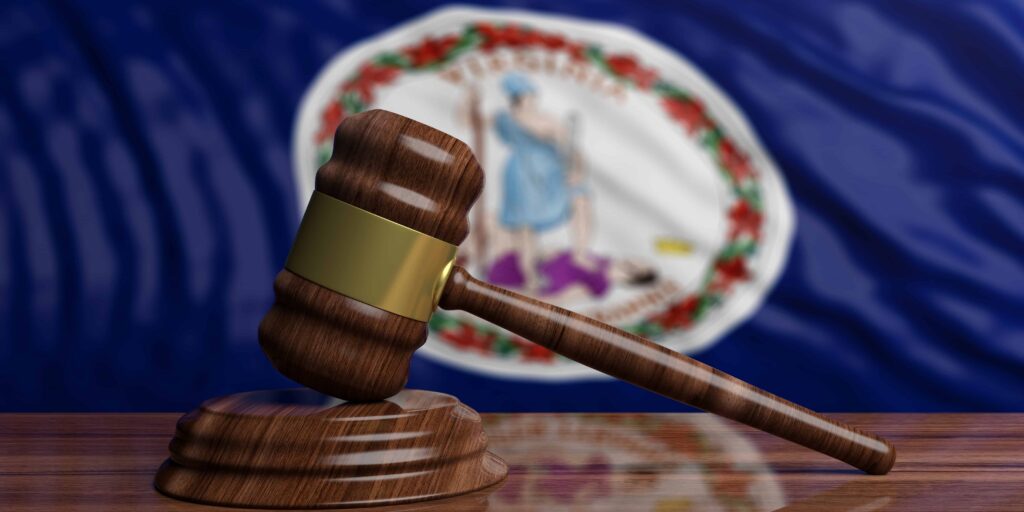
Virginia law treats bicycles as vehicles, which means cyclists have both the rights and responsibilities of drivers when they share the road. These protections exist to reduce risks and to make sure cyclists aren’t overlooked by cars and trucks. Understanding these rules helps explain why fault in a bicycle accident often rests with drivers who fail to respect them.
Virginia code requirements for bicycle safety
The Virginia Code requires cyclists to follow the same traffic laws as motor vehicles. Riders must stop at red lights and stop signs, signal turns, and yield when the law demands. Specific safety rules also apply to bicycles, such as:
- Using a front white light and a rear red reflector or light when riding after sunset.
- Equipping bikes with brakes strong enough to skid wheels on dry, level pavement.
- Using the right-hand side of the road, except when turning left or avoiding obstacles.
These rules not only protect cyclists but also provide a legal framework that strengthens claims when a driver collides with a law-abiding rider.
Driver responsibilities around cyclists
Drivers carry a greater duty of care when passing or driving near a bicycle. Virginia law requires motorists to give at least three feet of space when overtaking a cyclist. That distance matters. A car passing too closely can cause a rider to lose balance or veer into traffic.
Drivers also must not harass, threaten, or deliberately endanger cyclists. Actions such as tailgating a bike, cutting one off at an intersection, or honking aggressively at close range may amount to negligence or even reckless driving.
Right-of-way rules for bikes and cars
Cyclists have the same right-of-way as any other vehicle. A bike entering an intersection on a green light cannot be legally cut off by a turning car. Similarly, a cyclist traveling straight in a bike lane has the right-of-way over a vehicle making a right-hand turn.
In practice, many drivers forget or ignore these rules, which leads to preventable crashes. When that happens, the law supports the cyclist’s right to hold the driver accountable.
Penalties for violating cyclist protections
Virginia enforces penalties for drivers who endanger cyclists. Traffic citations may include fines, points on a driver’s record, and, in cases of reckless conduct, criminal charges. These penalties reinforce that cyclists deserve the same protection on the road as motorists.
How these laws affect personal injury claims
When a driver violates these legal protections and causes an accident, that violation often serves as powerful evidence of negligence. For example, if a driver passed too closely in violation of the three-foot law and the cyclist crashed, that fact strengthens the injured rider’s claim for compensation.
What are the most dangerous situations for cyclists in Virginia?
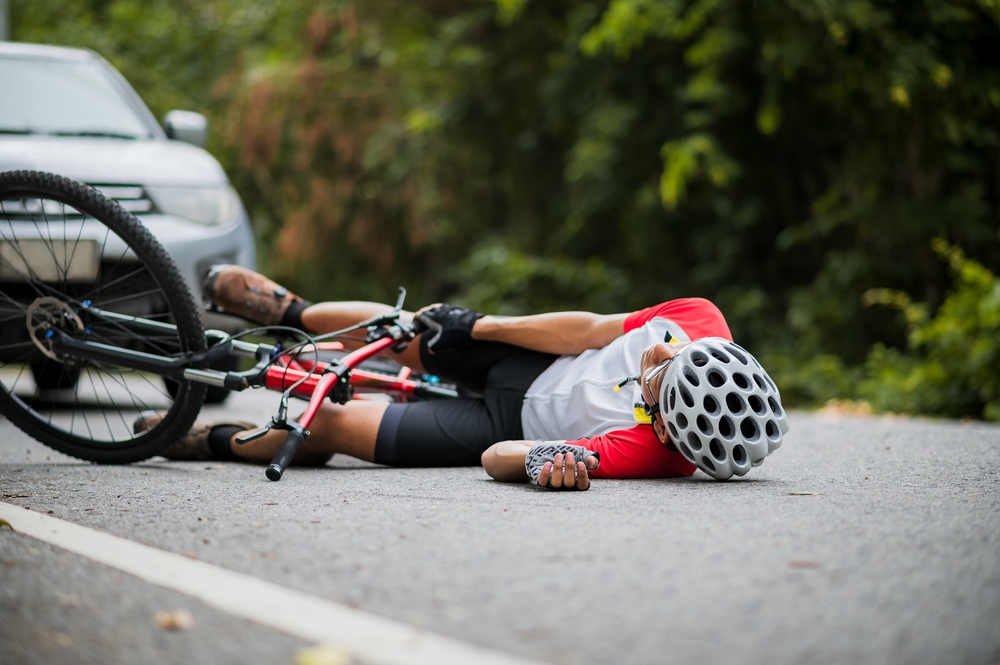
Cyclists in Virginia face unique risks that drivers don’t. Certain situations contribute to the highest accident rates.
Accidentes en intersecciones
Intersections pose the biggest danger. Drivers often misjudge a bike’s speed or fail to notice a cyclist approaching. Left turns in front of a bike create particularly deadly scenarios.
Dooring incidents
When a driver or passenger opens a car door into a bike lane, the cyclist may crash directly into the door or swerve into traffic. These “dooring” accidents remain a constant threat in busy urban areas like Richmond and Arlington.
Rural road hazards
Cyclists riding on rural Virginia roads encounter risks from limited shoulders, high speeds, and blind curves. Drivers in these areas may not expect bikes, which increases the risk of collisions.
Night riding risks
Riding after dark dramatically increases the chance of a crash. Limited lighting, poor visibility, and driver fatigue all contribute to greater danger for cyclists at night.
Are car occupants really safer than cyclistst
Safety depends on many factors, but vehicle occupants usually face fewer risks in a crash than cyclists.
Vehicle safety features vs. cyclist vulnerability
Cars contain airbags, crumple zones, and reinforced structures. Cyclists rely on helmets and reflective gear, which provide far less protection. This difference explains why bike crashes often cause more serious injuries.
Impact of speed on injury severity
The faster a vehicle travels, the greater the force of impact. Cyclists rarely move faster than 20 miles per hour on their own, but cars traveling at 40 or 50 miles per hour multiply the damage when a collision occurs.
Protection from weather and road debris
Drivers remain shielded from rain, wind, potholes, and debris. Cyclists deal with these hazards directly, which makes them more vulnerable to losing control or getting struck by objects in the road.
What external factors affect safety for both modes of transportation?
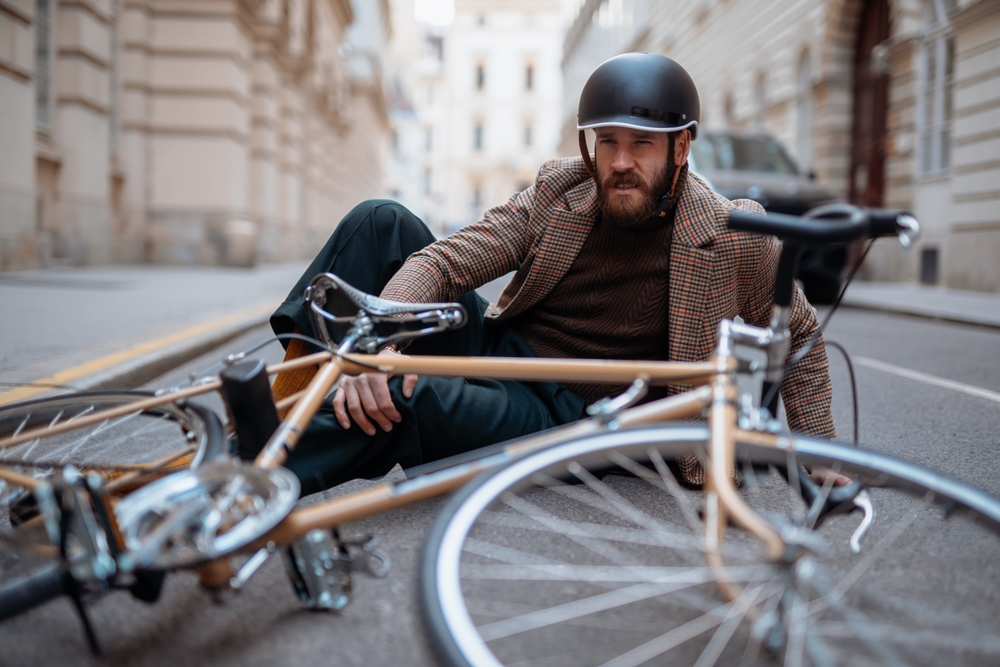
Both car driving and biking involve risks from outside conditions. These external factors shape accident rates in Virginia.
Weather conditions in Virginia
Rain, fog, and snow reduce visibility and increase stopping distances. Cyclists face added danger from slick roads, while drivers deal with hydroplaning or reduced traction.
Road infrastructure and maintenance
Well-maintained bike lanes and wide shoulders reduce cyclist risks. Poorly marked intersections, potholes, and narrow lanes raise the danger for both drivers and riders.
Traffic volume and congestion
Heavy traffic increases the risk of rear-end collisions for drivers and sideswipe accidents for cyclists. Crowded roads leave less room for error.
Time of day considerations
Accident data shows that dusk and nighttime hours carry higher risks for everyone. Reduced visibility and fatigue play major roles, especially for cyclists who rely on lights and reflective clothing to be seen.
When should you contact a personal injury attorney?
If you suffered harm in a bike or car accident, you may wonder when to call an attorney. Certain situations call for immediate legal help.
Serious injury threshold
Severe injuries often mean high medical bills, lost wages, and lasting effects on daily life. An attorney can pursue the compensation you deserve from the at-fault party.
Insurance company challenges
Insurance companies frequently try to downplay claims or pressure victims into accepting less than they deserve. When that happens, an attorney steps in to fight for a fair outcome.
Establishing liability in bike vs. car accidents
Disputes often arise over who caused the accident. Drivers may blame cyclists, or insurance companies may argue that the cyclist failed to follow the law. An attorney gathers evidence, interviews witnesses, and reviews traffic camera footage to establish fault.
How our attorneys can help
When you hire Allen & Allen, you gain more than legal support. You gain a team committed to your recovery and your rights.
Investigation and evidence collection
Our attorneys review police reports, gather witness statements, and consult with specialists who can reconstruct the accident scene. This evidence strengthens your claim.
Tratar con compañías de seguros
We handle communication with insurers so they can’t pressure you into an unfair settlement. We hold them accountable when they attempt to avoid paying what you deserve.
Understanding Virginia traffic laws
Our team knows the traffic laws that apply to drivers and cyclists in Virginia. We use this knowledge to prove liability and build your case.
Maximizando su compensación
We pursue compensation for medical treatment, lost income, and other damages. Every detail of your case matters, and we fight to make sure nothing gets overlooked.
Court representation when necessary
If an insurance company refuses to act fairly, we’re prepared to represent you in court. We stand by your side through every step.
¿Por qué elegir Allen & Allen?
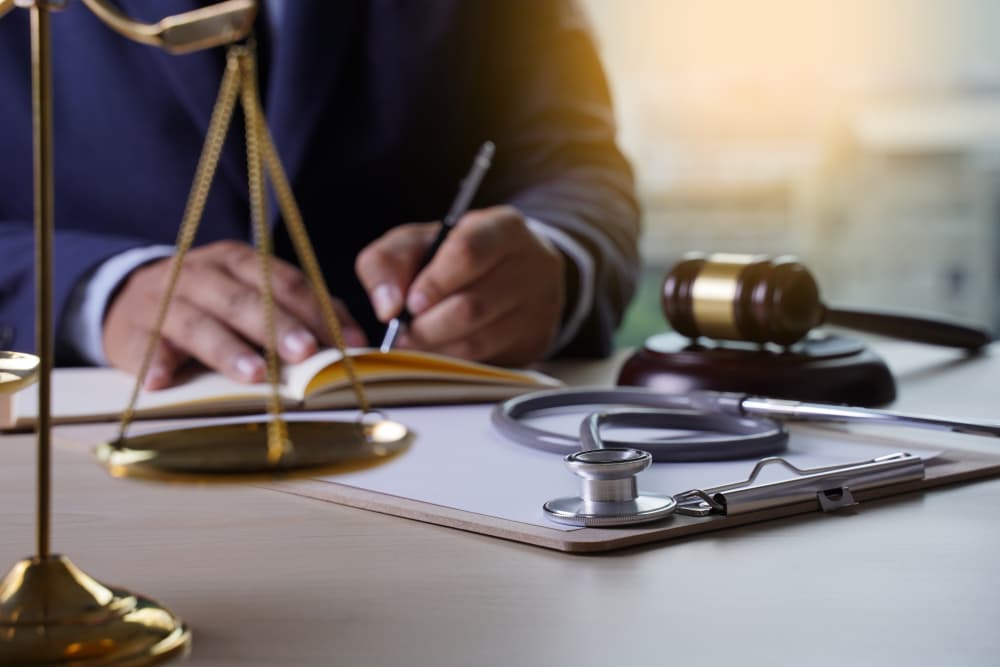
Allen & Allen has served Virginians since 1910. For more than 100 years, our attorneys have been guided by values of integrity, respect, compassion, and trust. We commit to more than simply providing you with legal representation. We commit to making your fight our fight, ensuring you are treated fairly by the insurance companies, and obtaining justice on your behalf. That’s what we mean when we say, “I am an Allen.”
Clients choose us because we treat them with compassion during difficult times. Our long history reflects not just years of practice, but a legacy of care and dedication to those who need it most
Frequently asked questions about whether riding a bike is safer than driving
Do I need special insurance to ride a bike in Virginia?
No law requires special insurance for riding a bike. However, if you’re struck by a car, the driver’s auto insurance usually applies. In some cases, your own auto policy may help cover losses.
What should I do immediately after a bike accident?
Call 911, seek medical care, and report the accident to police. Gather the driver’s information and take photos if possible. Contact an attorney as soon as you’re able so evidence doesn’t disappear.
Can I still recover damages if I wasn’t wearing a helmet?
Yes, you may still recover damages. However, not wearing a helmet could affect the outcome of your claim, especially if you suffered a head injury. An attorney can explain how Virginia law applies in your case.
How long do I have to file a claim after a bicycle accident in Virginia?
Virginia law sets a prescripción de dos años for most reclamos por lesiones personales. Waiting too long can prevent you from recovering compensation.
What types of compensation are available for bike accident victims?
Compensation may include medical expenses, lost wages, pain and suffering, and repair or replacement costs for your bike. Every case is different, so the damages depend on your situation.
Contact our personal injury lawyers in Virginia now
Time matters after a bike or car accident. Evidence fades, memories blur, and insurance companies work quickly to protect themselves. The sooner you contact Allen y Allen, the sooner we can start protecting your rights. With more than a century of service built on integrity, respect, compassion, and trust, we stand ready to help you. Póngase en contacto con nosotros hoy for a free consultation and let us make your fight our fight.
Programe una consulta gratuita



